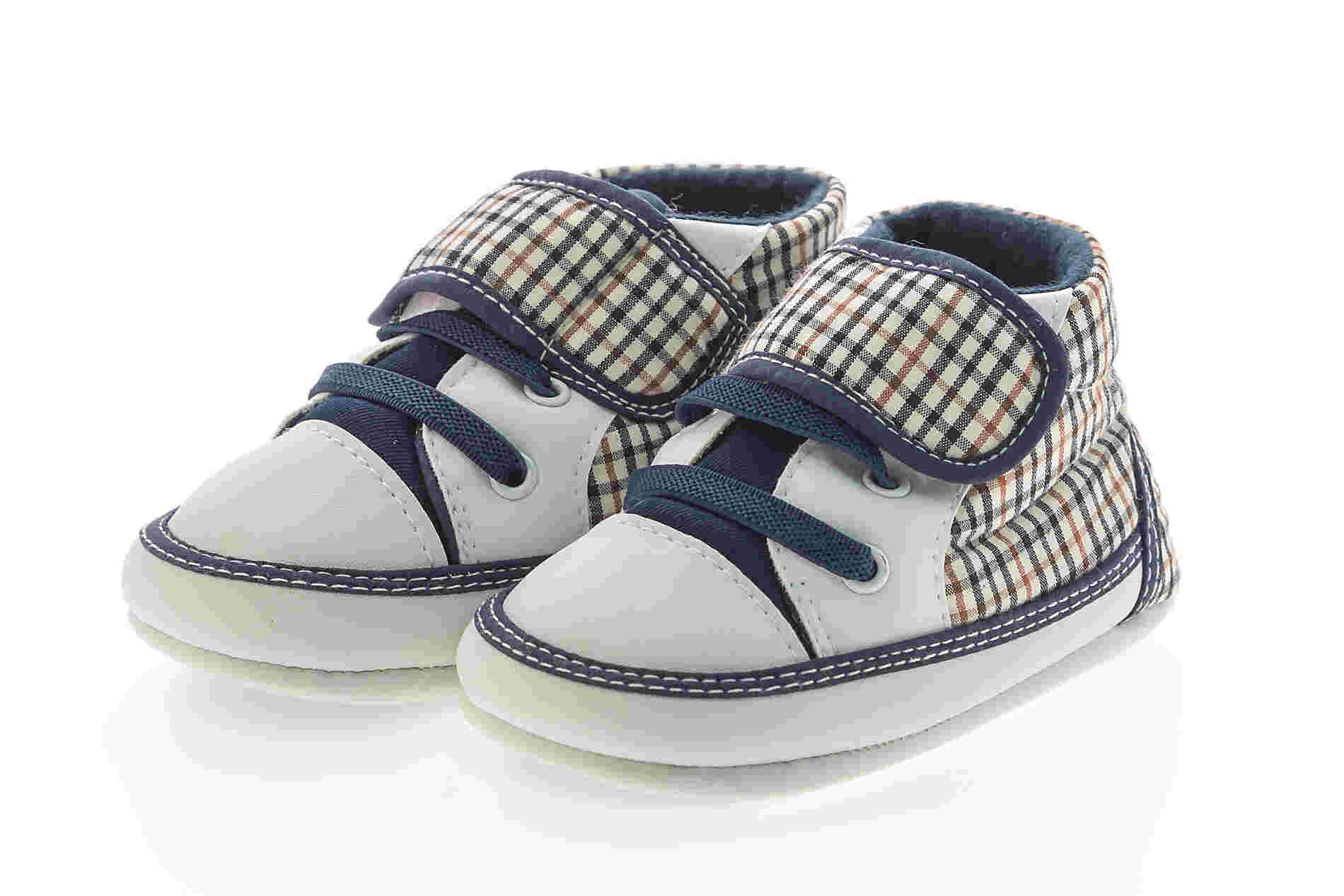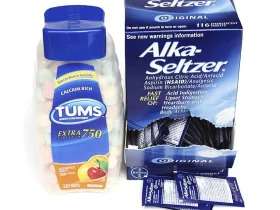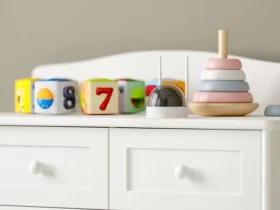When it comes to baby shopping, nothing seems to be enough. Being a parent, we want only the best and perfect for toddlers.
Choosing the exact number of baby bottles you need with many available options can be a little more complicated.
This is where we came in!
Mothers or caregivers need 8-10 baby bottles for 4 months if they mostly choose to bottle feed a toddler.
If you prefer to breastfeed your baby most of the time, 3-4 bottles would be enough for the time span of 3-4 months.
Many mothers gradually shift from breastfeeding to bottle-feeding. You need to have 4-6 eight-ounce baby bottles for formula-fed babies in a day.

Before rushing toward the shopping, let’s have a look at all the essential things and facts you should know about baby bottles.
How many baby bottles do I need?
Have your complete rundown on the number of feeding bottles you need.
| Number of Bottles. | Description |
|---|---|
| 8-10 | If you are a working mother and choose to bottle feed your baby often. |
| 6-8 eight-ounce bottles | For babies in daycare. A milk bottle after 2 hours. |
| 4-6 | If mothers choose to breastfeed the baby mostly. |
| 4 | Four baby bottles would be enough if you bottle-feed baby only on weekends. |
The number of baby bottles depends upon the frequency & primary method according to need.
Here are a few things to consider when deciding how many bottles you may need.
1. Cleaning and Sanitizing.
If you are a home-based mother and can clean the feeding bottles easily, You won’t need to buy more than 2 or 3.
2. Preparing Ahead.
Mothers feeding the pre-made formula to babies need more bottles.
8-10 eight-ounce baby feeding bottles will be enough depending on bottle-feeding the baby after every 3 hours.
3. Daily Routine.
It is crucial to keep the baby’s daily routine before finding the exact number.
Usually, the daycare requires feeding formula after every 2 hours. You’ll need five bottles if you are going to leave your baby in a daycare center for 8 hours.
4. Cost.
Traditional glass or plastic bottle price ranges start from $4 to $10 apiece. Stainless steel or silicone bottles range between $13 to $30.
The process of weaning is different for every child. Some children need more feeding as compared to other toddlers.
New to parenting and weaning, have a quick look at “Switching from Breastmilk to Formula.
How many bottles does my baby need per day?
Babies need to be fed daily. Here is your complete guide on how many bottles your baby needs according to age.
1. Newborn to two months.
A newborn baby can drink about 2 to 4 ounces per feeding. You’ll need 6-8 bottles to feed a toddler after every four hours per day.
2. Babies 2-6 months old.
Babies up to 6 months old need 4 to 5 bottles of 6ounces per day. If you bottle-feed your baby after 5 hours, you’ll require five feeding bottles per day.
3. 6 to 1year old babies.
Kids up to twelve months need 3-5 bottles every day. A one-year-old usually intake 8 ounces per feeding.
| Age | Quantity | No. of bottles. |
|---|---|---|
| Newborn – Two Months | 2-4 ounces per day | 6-8 |
| Two Months – Six Months | 6 ounces per day | 4-5 |
| Six Months – Twelve Months | 8 ounces per day | 3-5 |
Depending on the size and need of the baby, the number of feeding bottles can be changed according to requirements.
Usually, while feeding on the bottle, the child sleeps. Have your complete rundown on “How many naps should a baby take?”
Types of Bottles.
Nowadays, plenty of options is available to choose a baby bottle from. Baby feeding bottles come in two basic sizes.
- Small – 4 or 5 ounces.
- Large – 8 or 9 ounces.
There are five different types of materials.
1. Glass Baby Bottles.
Glass baby bottles are in trend again. Many top baby gear brands are now selling glass feeding bottles.

With glass, parents don’t have to worry about the hazardous issues of plastic. On the contrary, these are a little expensive and heavy.
Glass bottles last longer, are easy to deep clean, and you can use them in an oven safely.
Are glass bottles safe for babies?
Glass baby feeding bottles are naturally BPS and BPA-free. BPS and BPA are toxic chemical components commonly found in plastic bottles.
Glass bottles are heavy and can cause damage if they shatter. Overall, they are safe for infants.
2. Plastic Baby Bottles.
Plastic is second to none when it comes to feeding bottles. They are lightweight, easy to carry, and won’t shatter if dropped.
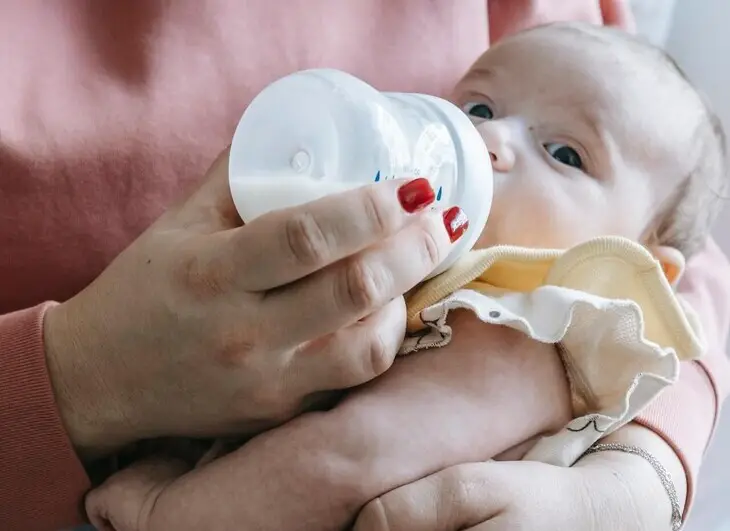
As compared to glass, plastic bottles are cheap. Baby plastic bottles can wrap and break down with repeated heating.
There is always a controversy with plastic used for infant feeding bottles.
In 2012, FDA restricted using plastic containing BPS and BPA for baby bottles on the petition filed by the American Chemistry Council.
Is it safe to use plastic baby bottles?
The American Academy of Pediatrics recommends using the alternative of plastic baby bottles if possible.
Studies have shown that chemicals found in plastic can lead to cancer, brain damage, and early puberty in children. Plastic feeding bottles are not recommended.
3. Silicone Baby Bottles.
Silicone baby bottles are perfect as they are see-through, lightweight, and chemical-free.
On the contrary, silicon bottles are expensive and have limited options to choose from. Some baby brands have recently introduced silicon nipples too.
Are silicone feeding bottles better than plastic?
Yes, silicone baby feeding bottles are safe as compared to plastic. It lasts longer, and its effects on human health are limited.
Silicone is heat resistant and naturally free from toxic chemicals, i.e., BPA & BPS found in plastic.
4. Disposable Baby Bottles.
Disposable baby bottles are made of plastic with disposable sterilized liners. Such bottles are a great option to prevent babies from gassiness and colic.
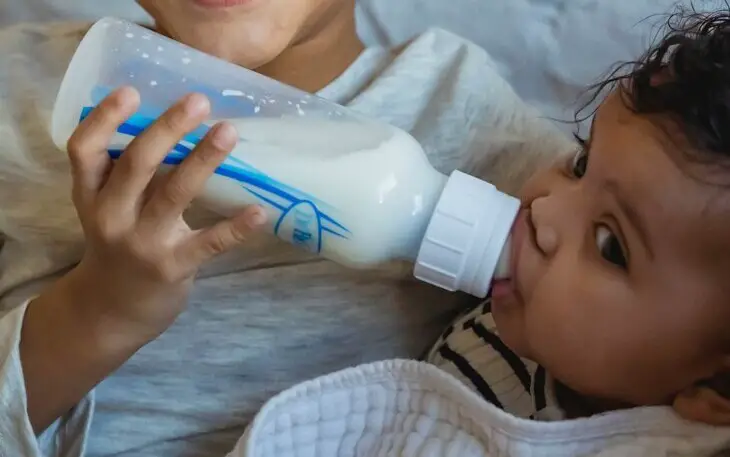
They are quick and easy to use if you are on the go. Using disposable bottles is an expensive option as you have to replace them after every use.
5. Stainless Steel Baby Bottles.
Stainless steel baby bottles are classic, durable, lightweight, and chemical-free.
While on the other side, steel bottles can hold heat and are expensive. It is a much more eco-friendly option as compared to glass or plastic.
Milk has a pH of 6.7, and it cannot react with stainless steel, which means parents don’t have to worry about any chemical reaction.
Before choosing the baby bottle, look at some other essential things you should know.
How Long Do Baby Bottles Last?
In general, baby bottles should be replaced within 4-6 months. Plastic feeding bottles should be thrown away immediately if you notice any crack and fade the color.
When should you throw away baby bottles?
Parents or caregivers should throw away the bottles if they notice
- Cracks on material
- Fade color
- Stretched shape
- Heat Damage.
How to choose the perfect baby bottle in 2022?
Have a look at your complete guide for buying the best baby bottle.
1. Size.
Usually, the baby feeding bottles came in two sizes, 150ml, and 250ml. It is always great to start with small size bottles.
2. Material.
The material of a feeding bottle is the most crucial thing. Infants don’t have a robust immune system. Whatever material it be, Consider choosing the BPA and Phthalates Free baby bottle.
3. Shape.
Baby bottles come in different shapes. Some are easier to carry & some shapes are designed to prevent colic.
Nanobebe has recently introduced the breast-shaped baby bottle. It can be a great choice during the transition process.
4. Bottle Neck.
Baby bottles came in two neck shapes.
- Narrow Bottlenecked.
- Wide Bottlenecked.
Narrow necks are commonly used and take less place in storage. Wide-necked bottles are easy to clean and stimulate the natural breast shape.
5. Venting System.
This is the most vital feature of any baby bottle. It is either designed in a bottle or a nipple. The venting system prevents the baby from swallowing air.
Conclusion
Generally speaking, the number of baby bottles depends on your need and budget. Considered buying the small-sized feeding bottles at the start. Never rush to buy too many baby bottles at a time.


